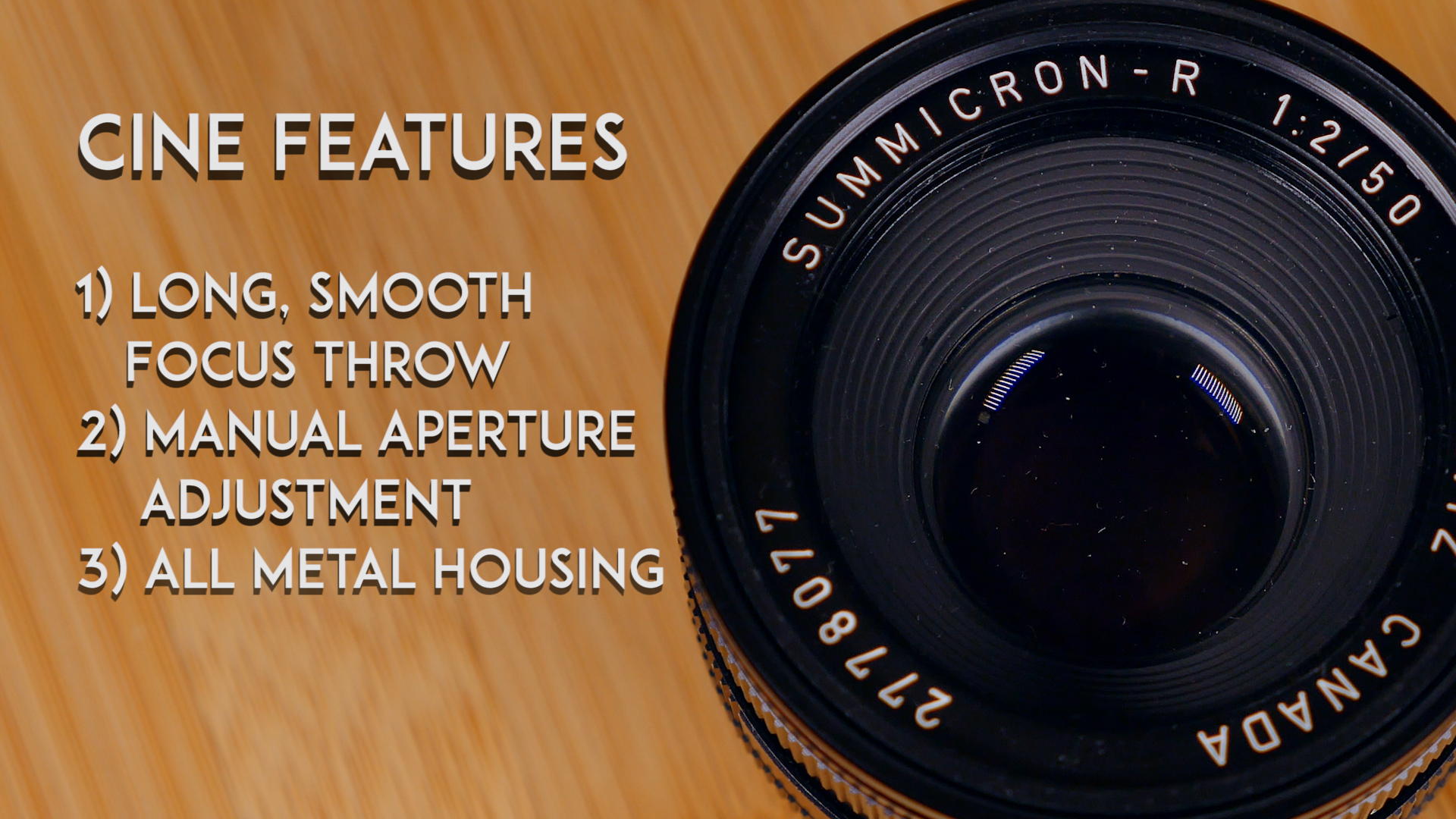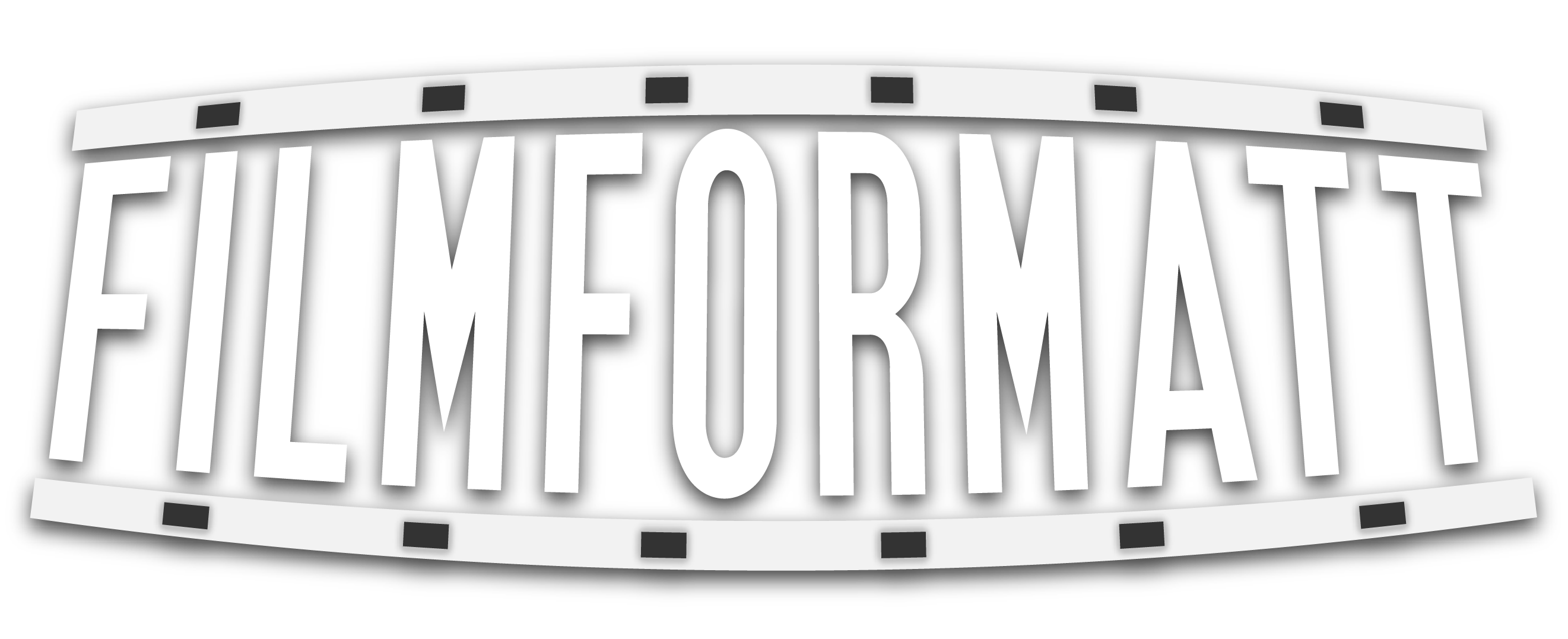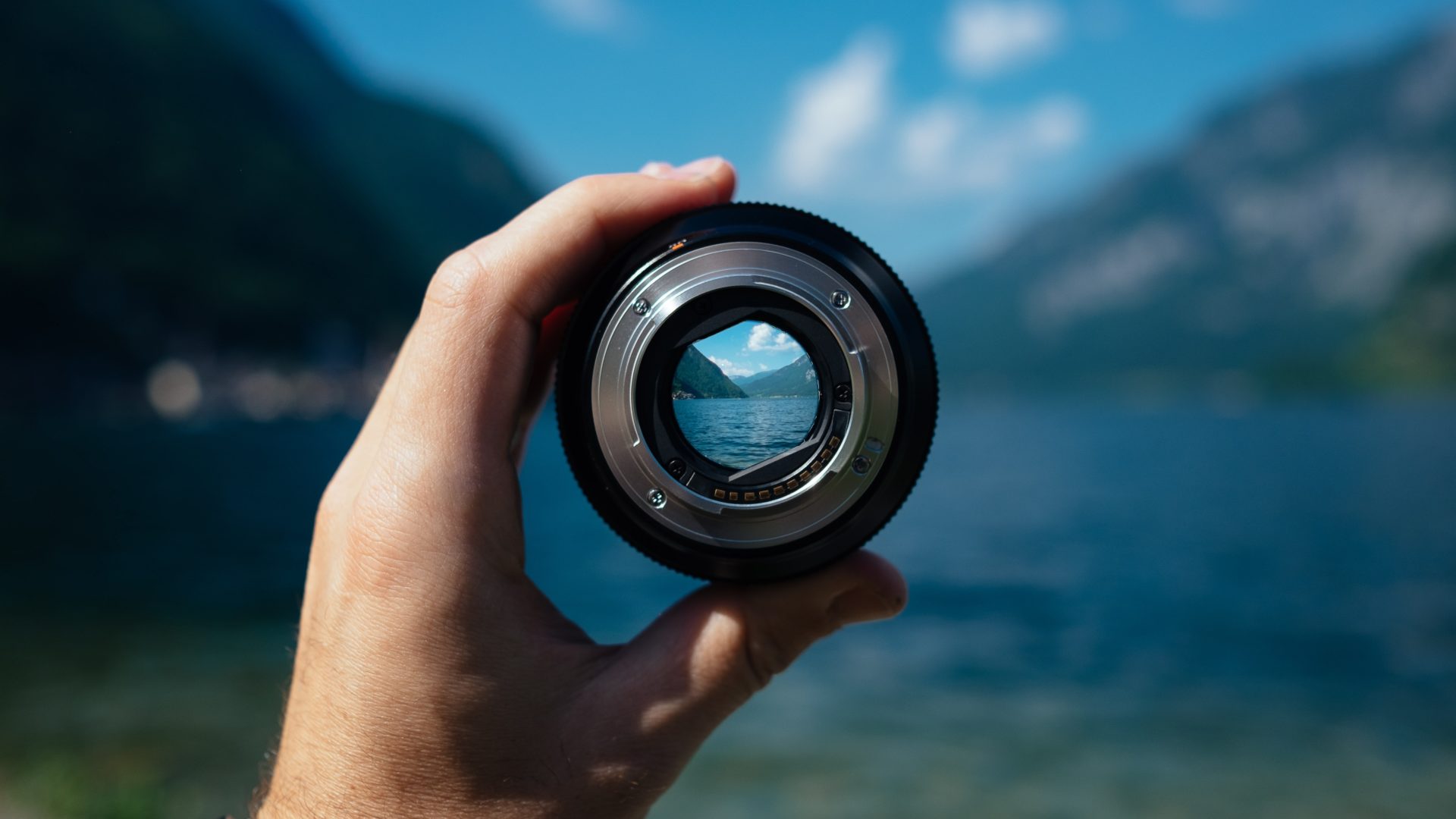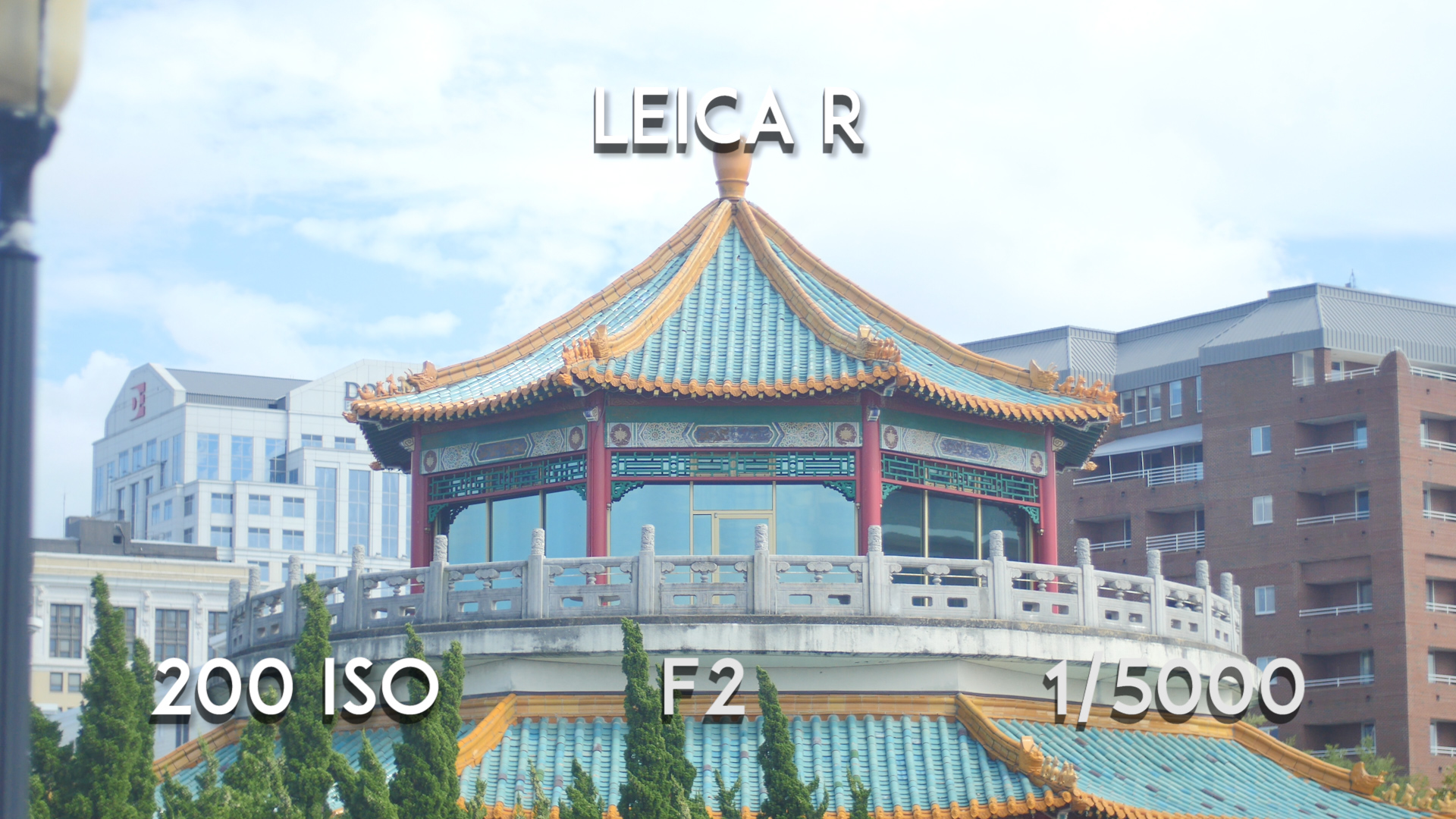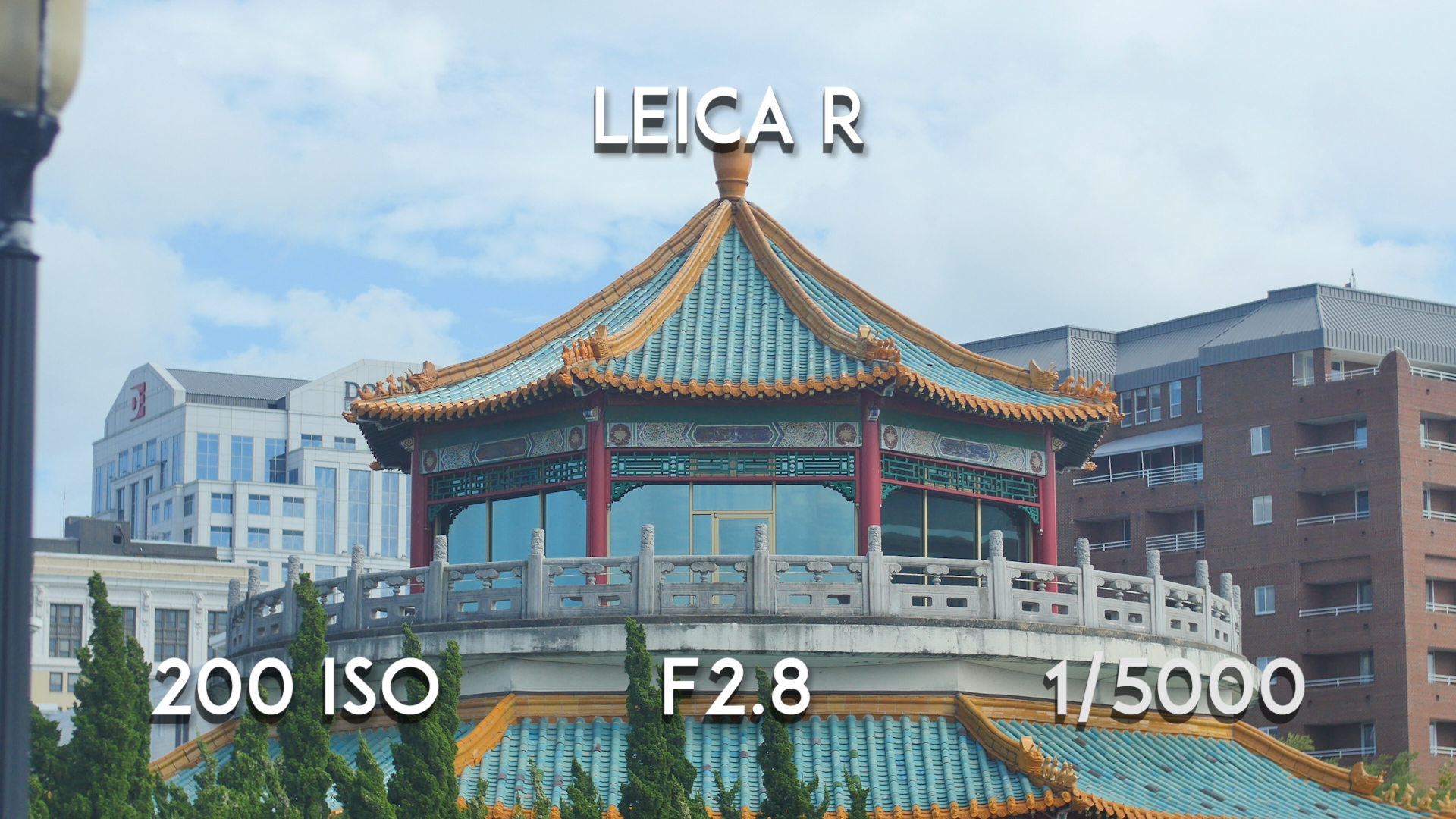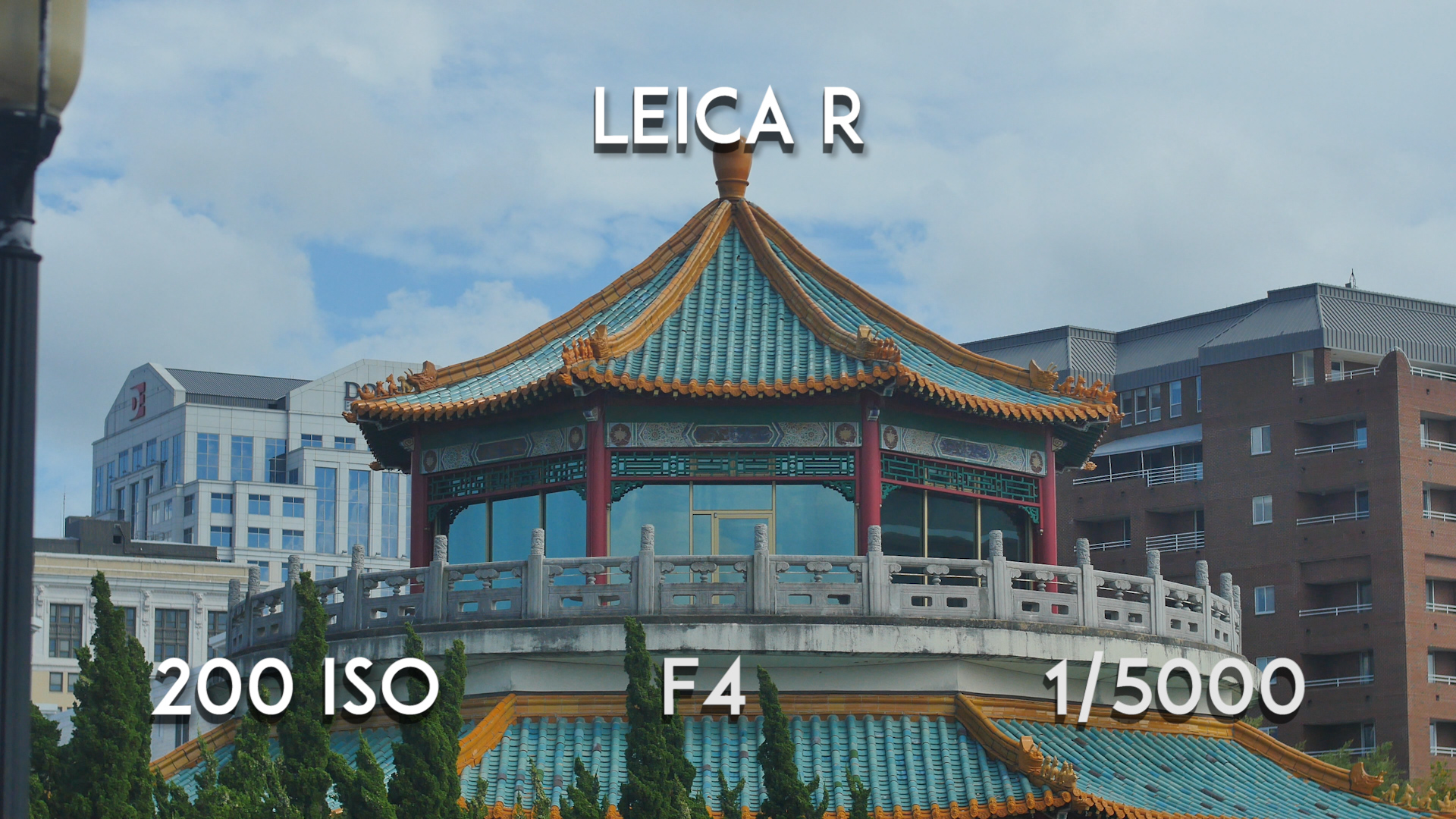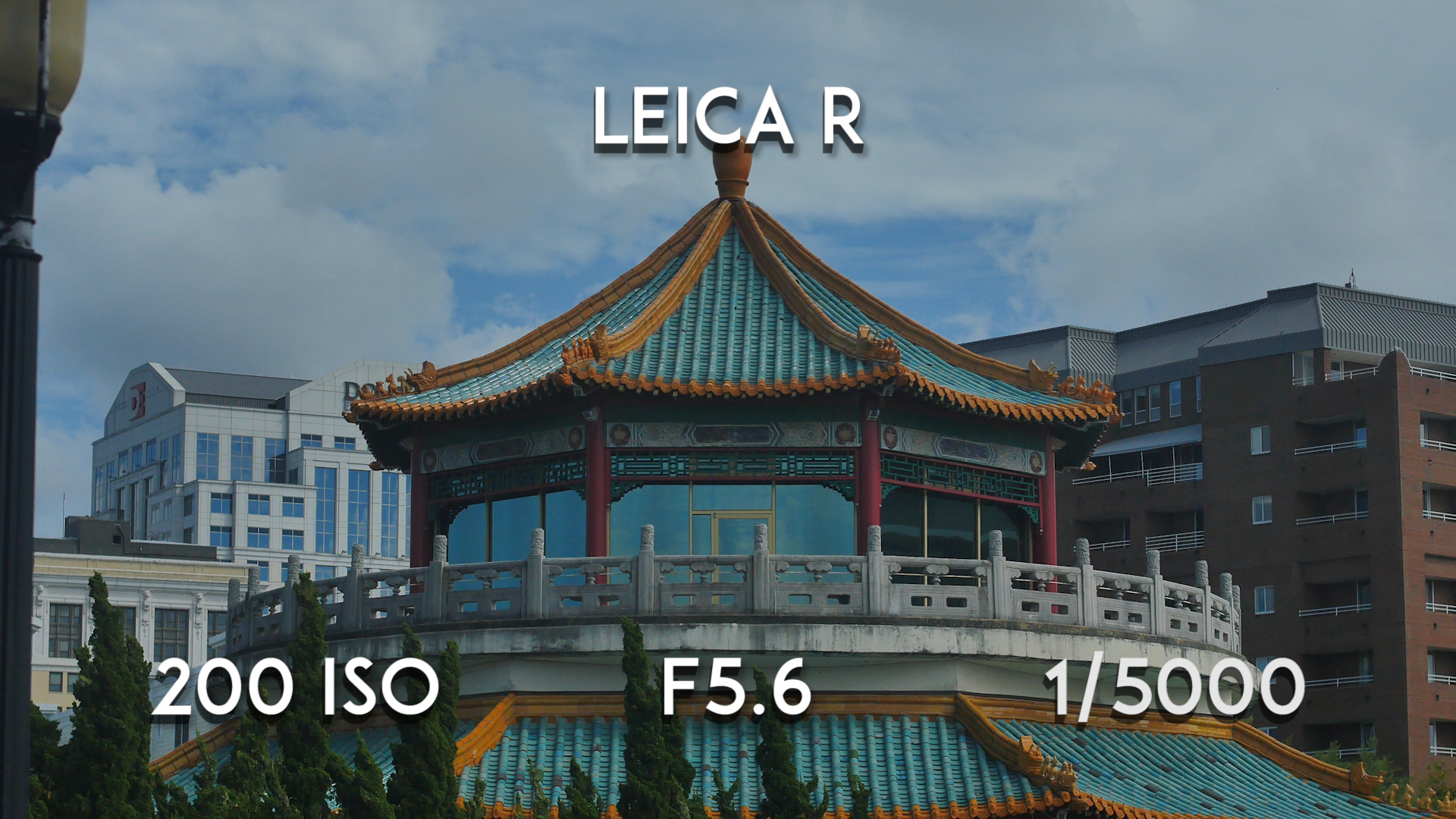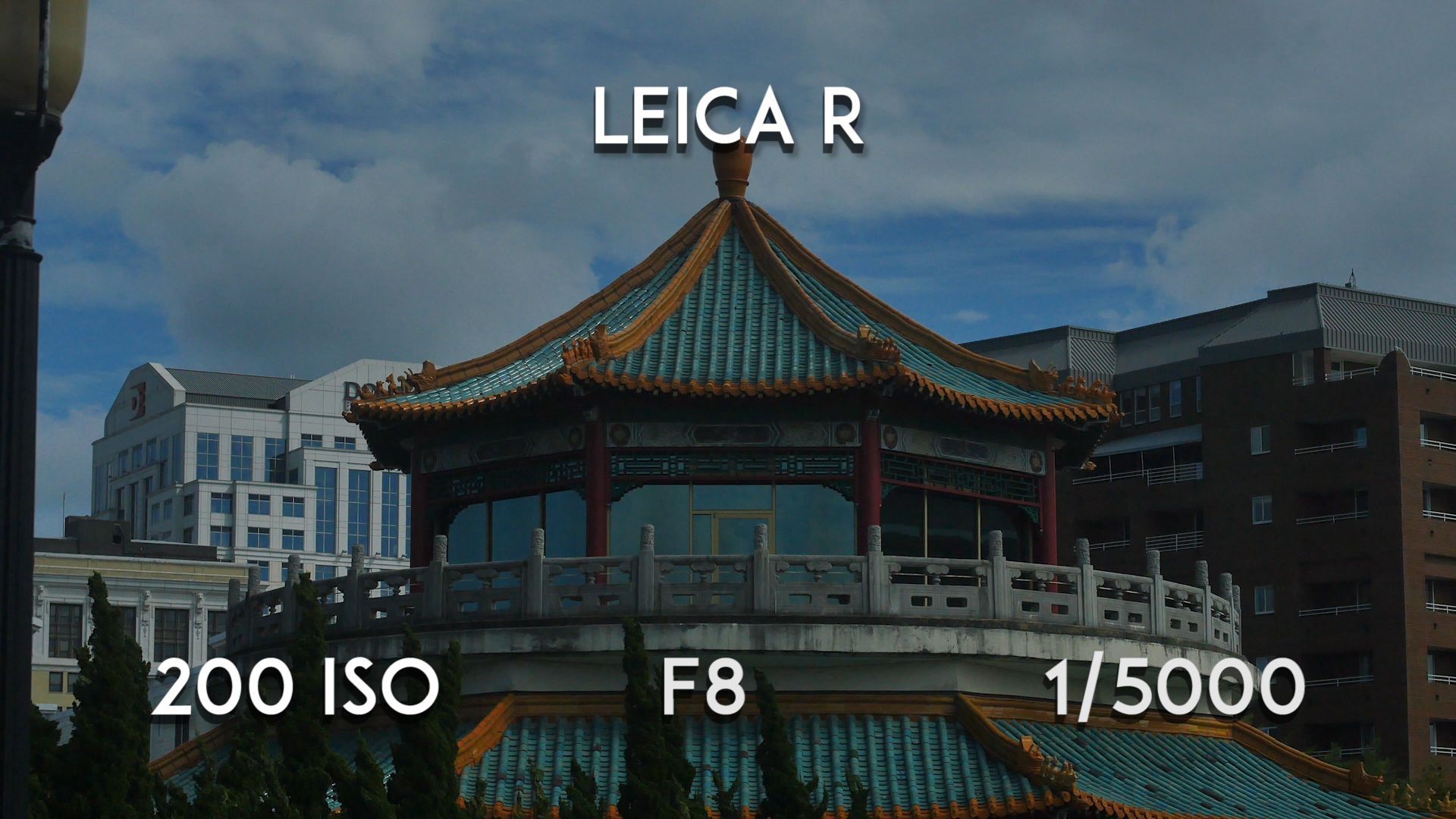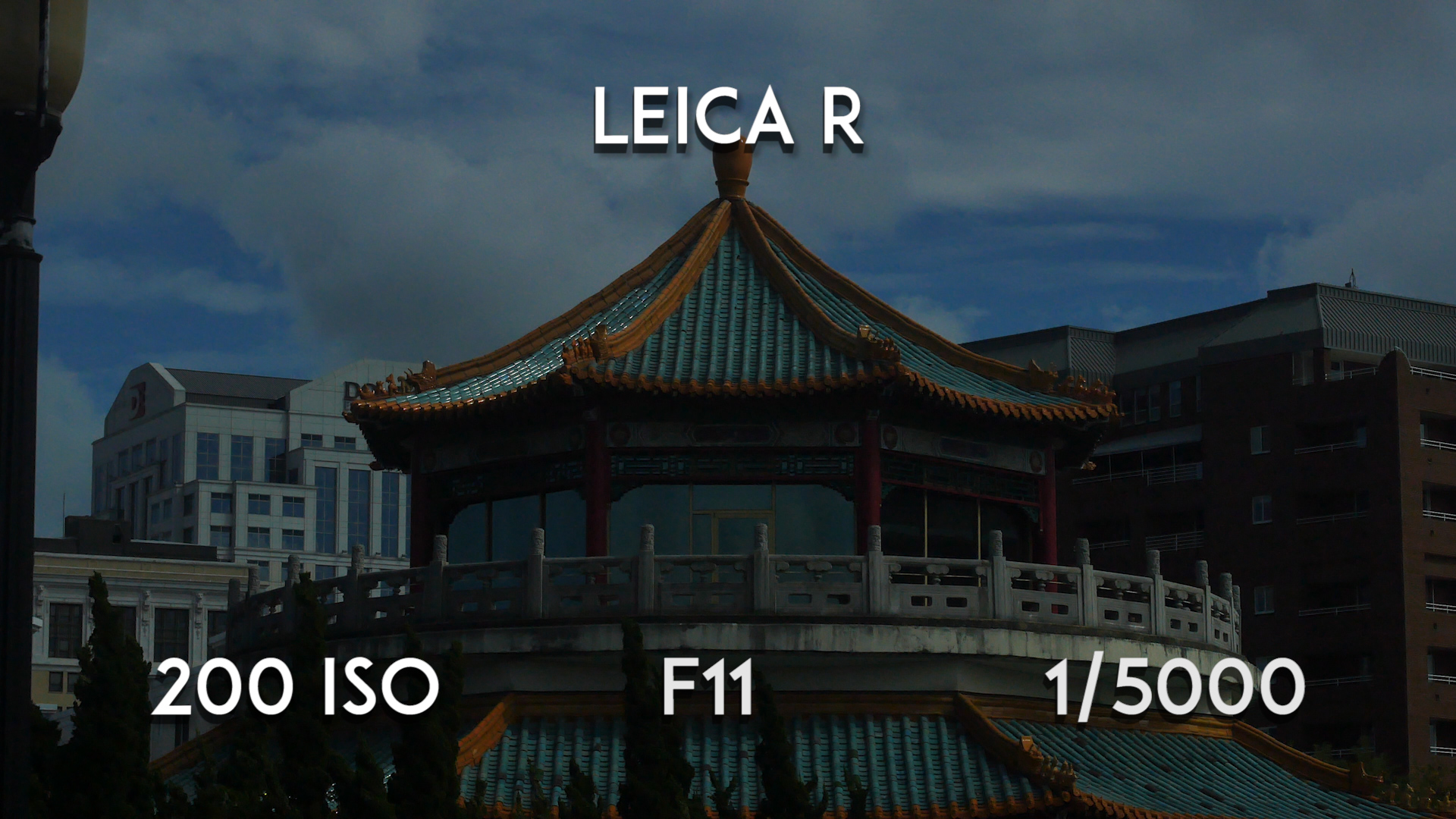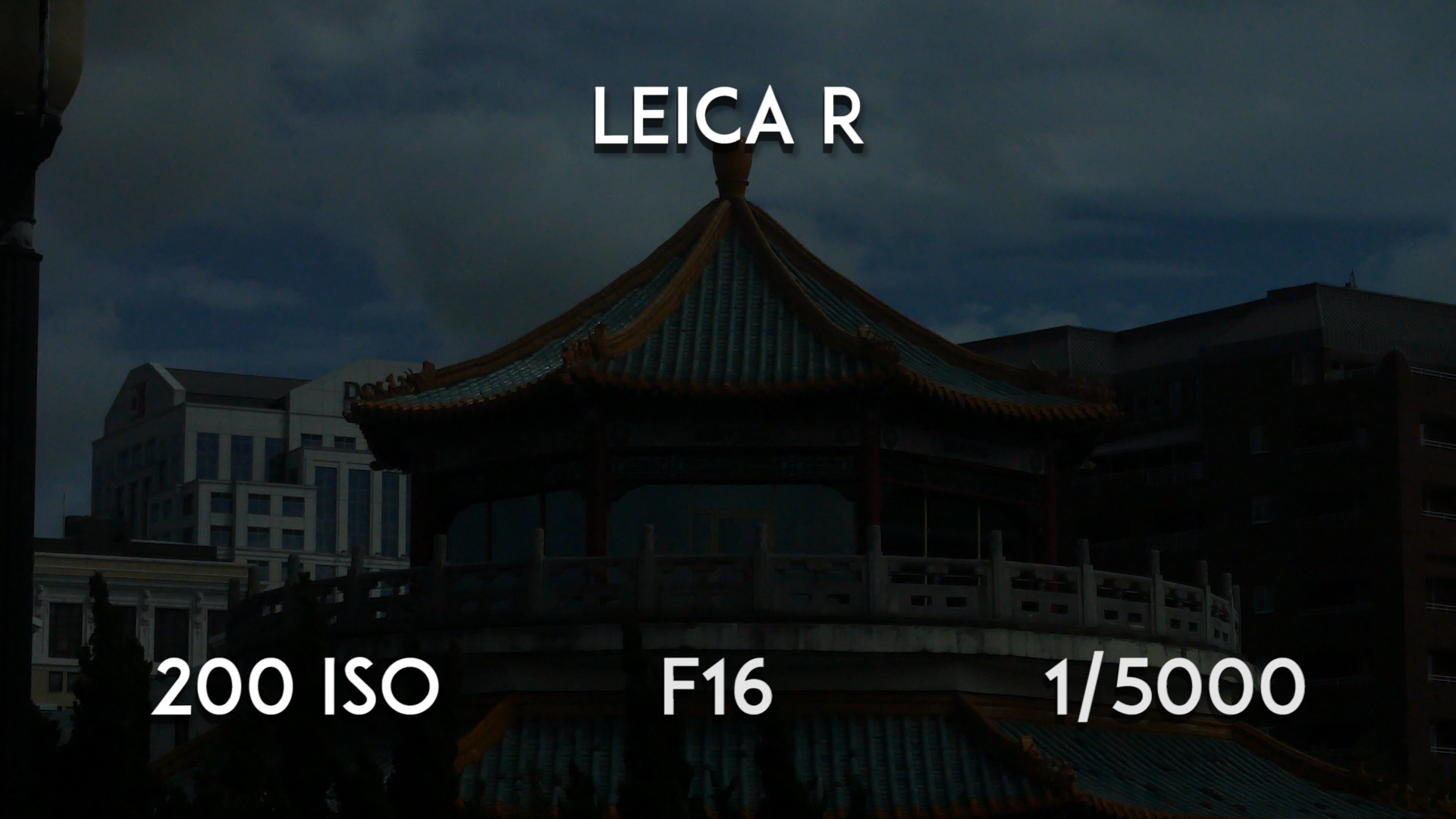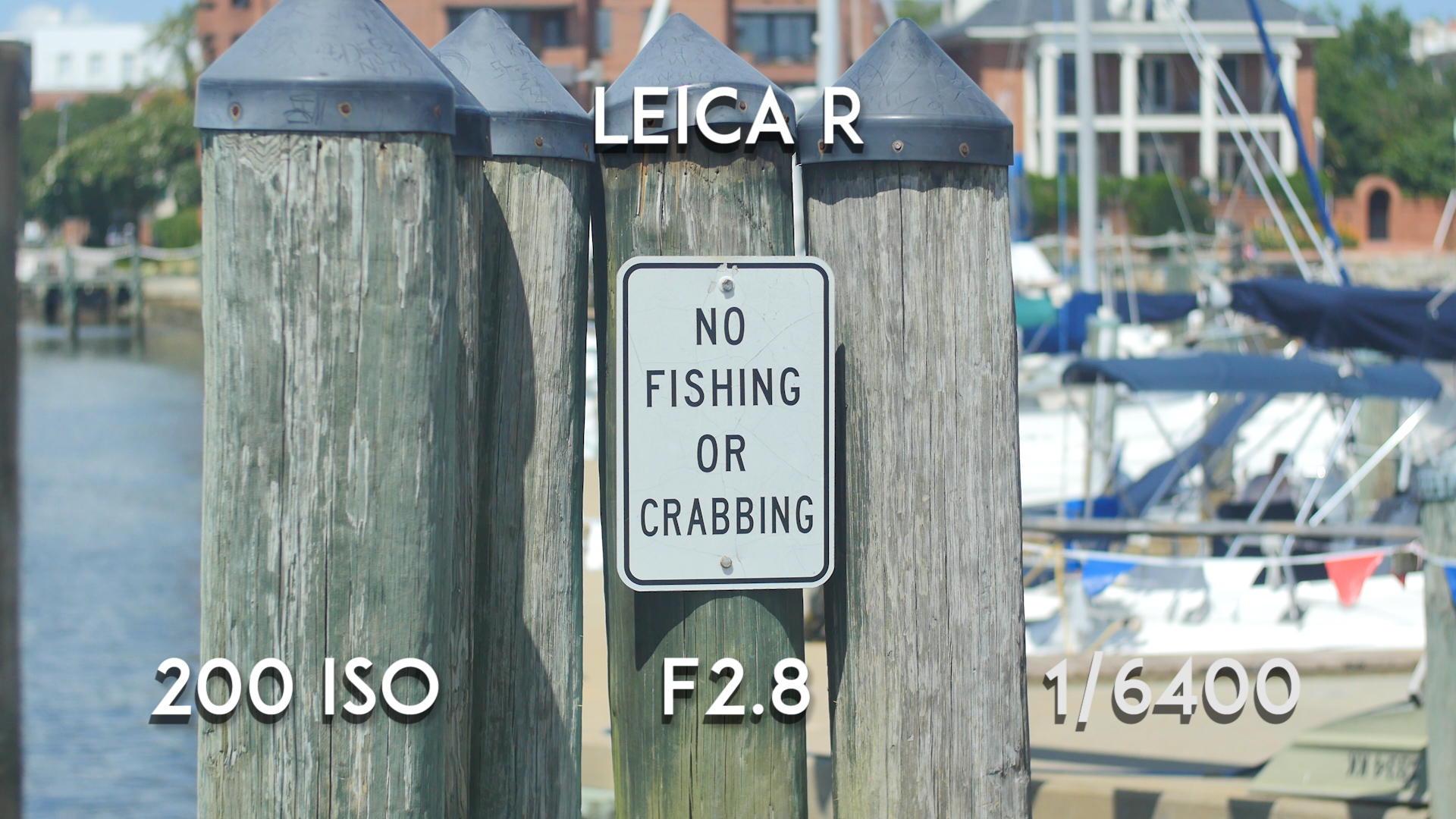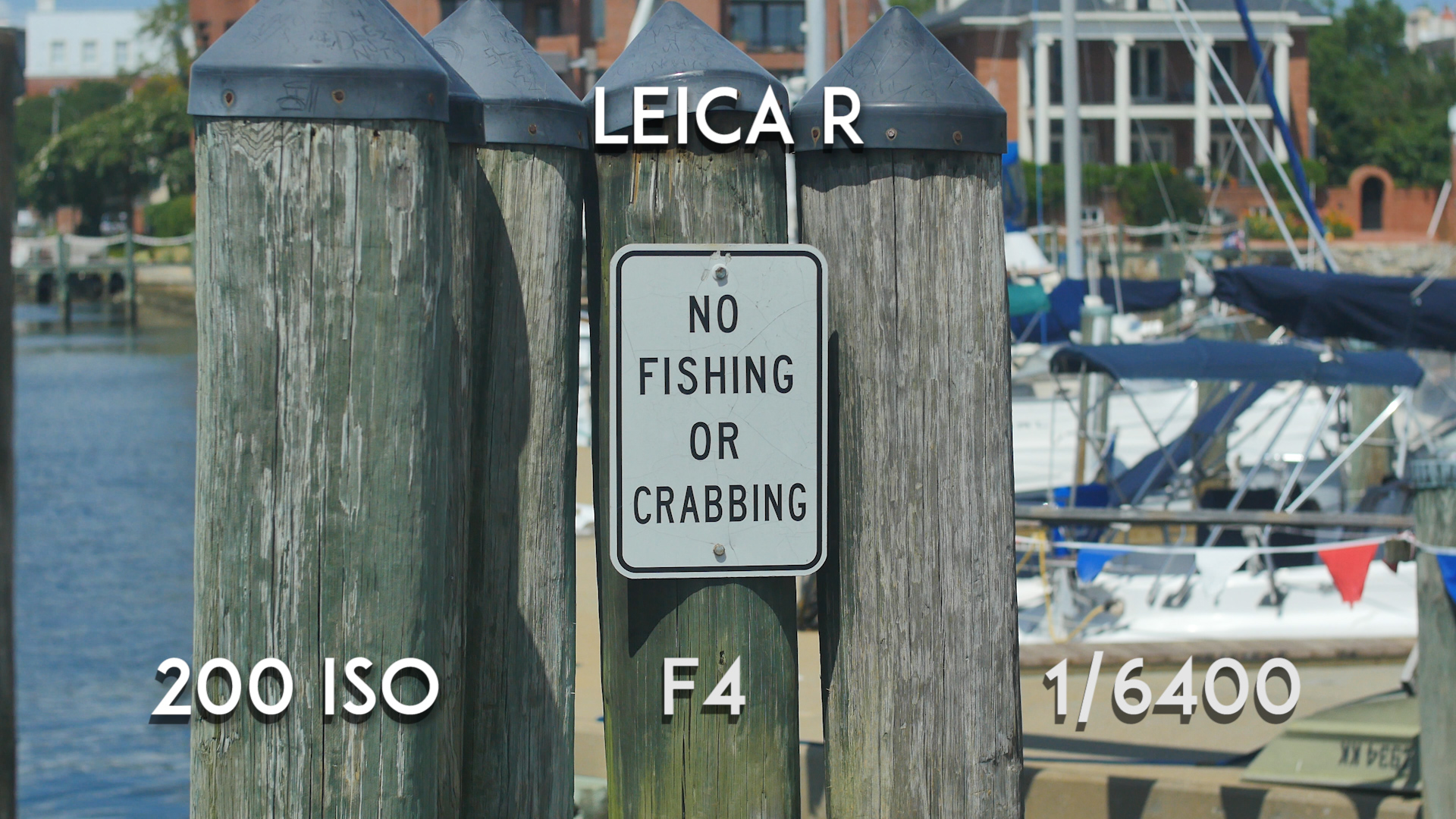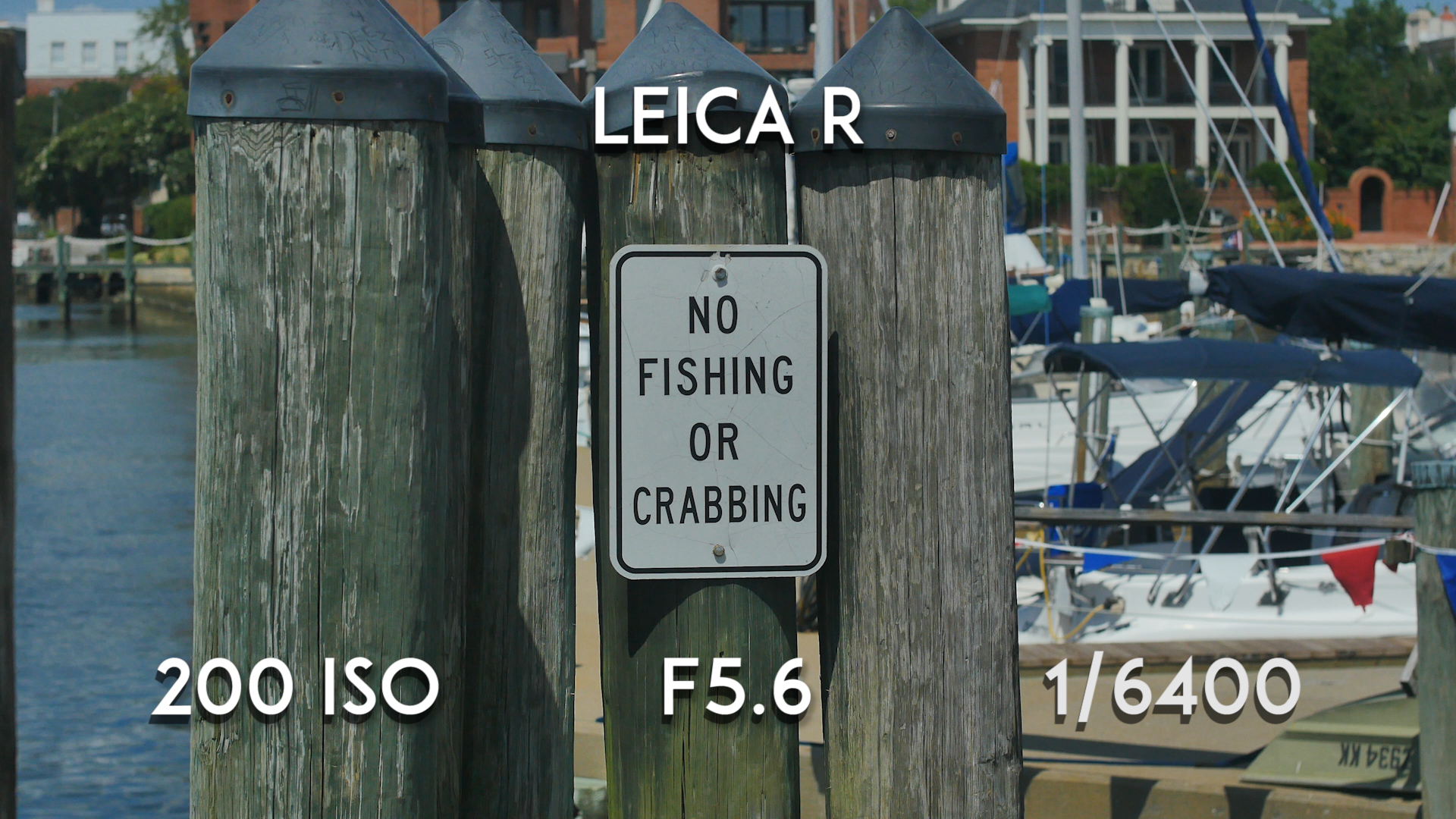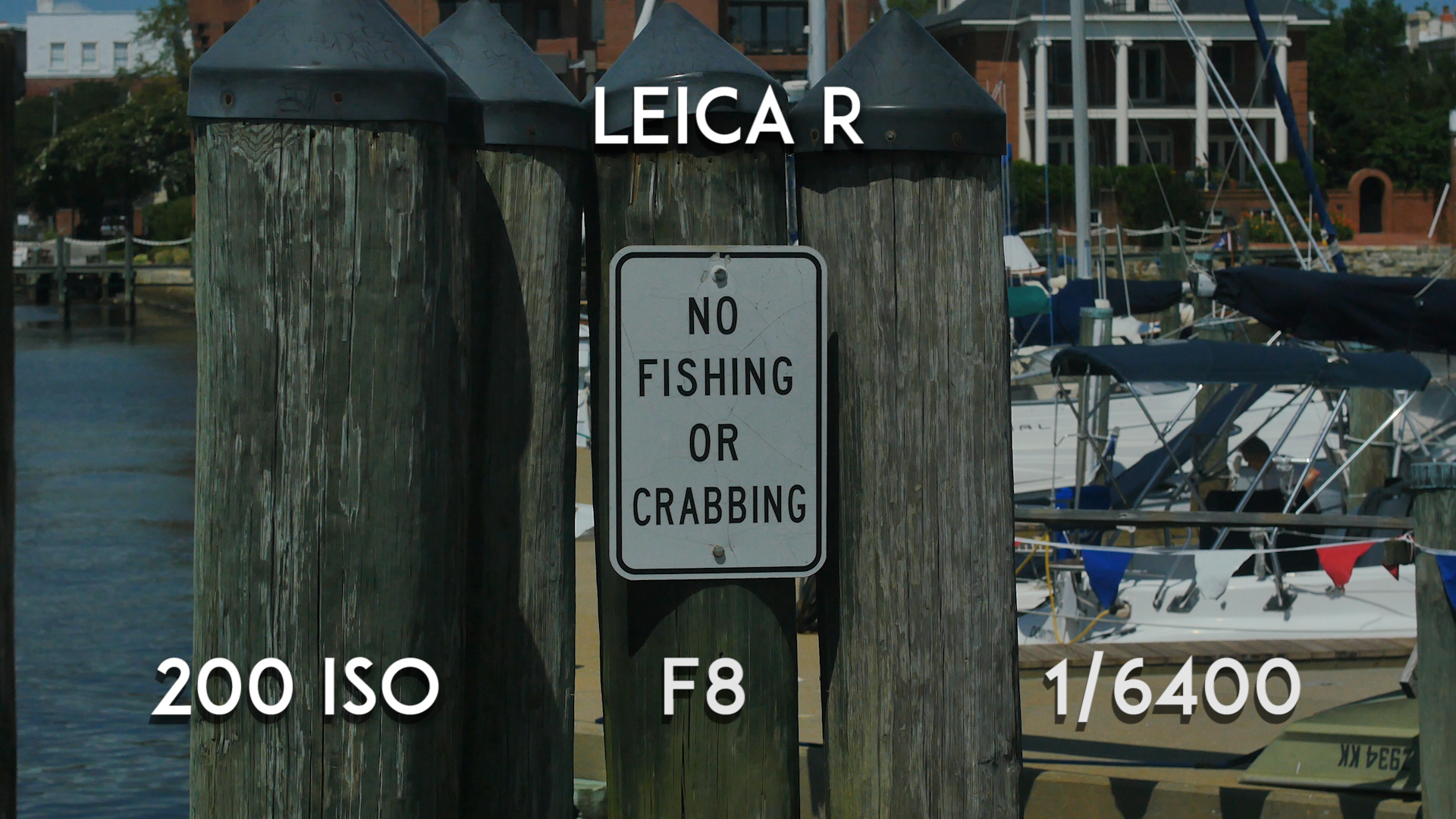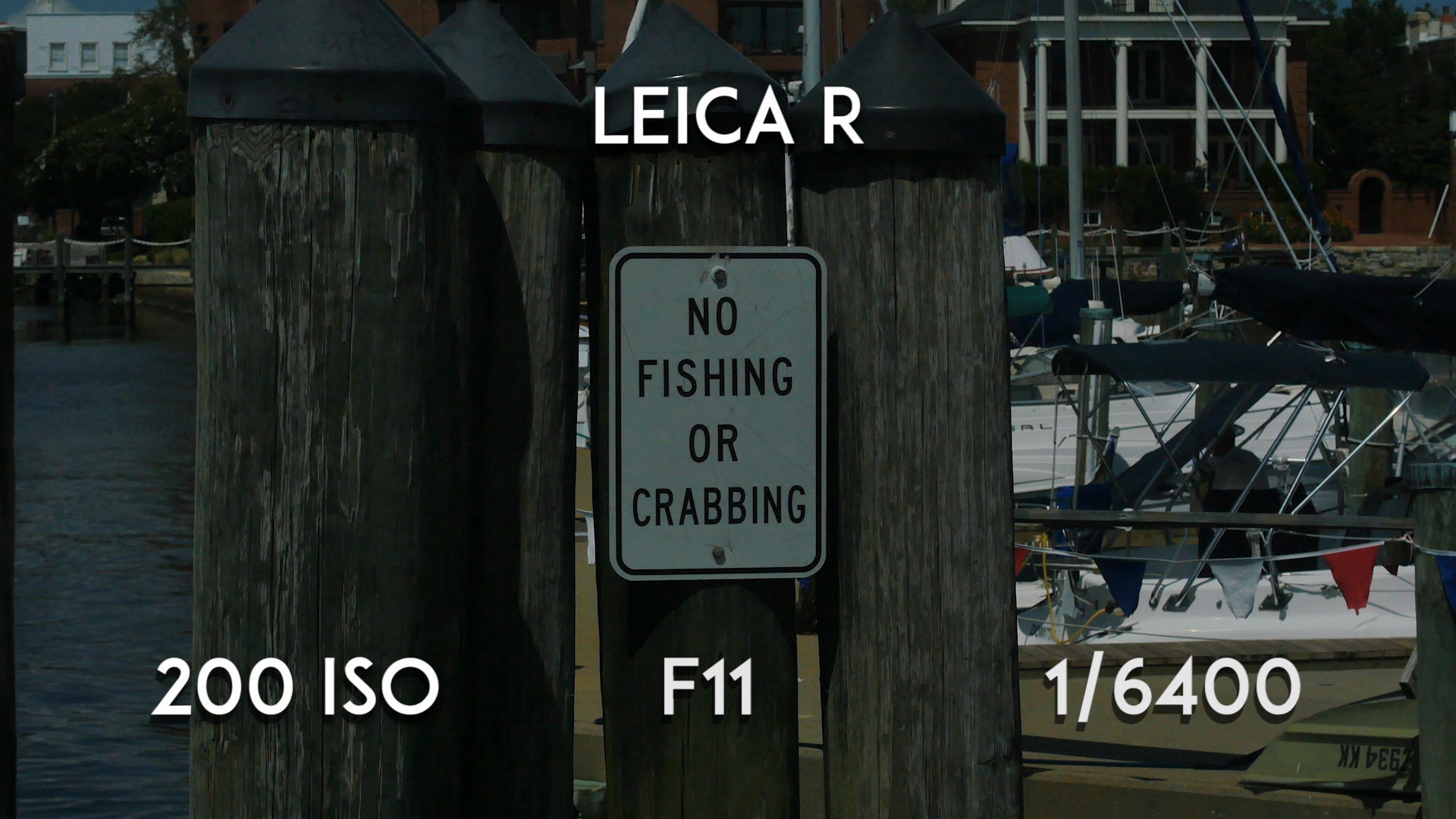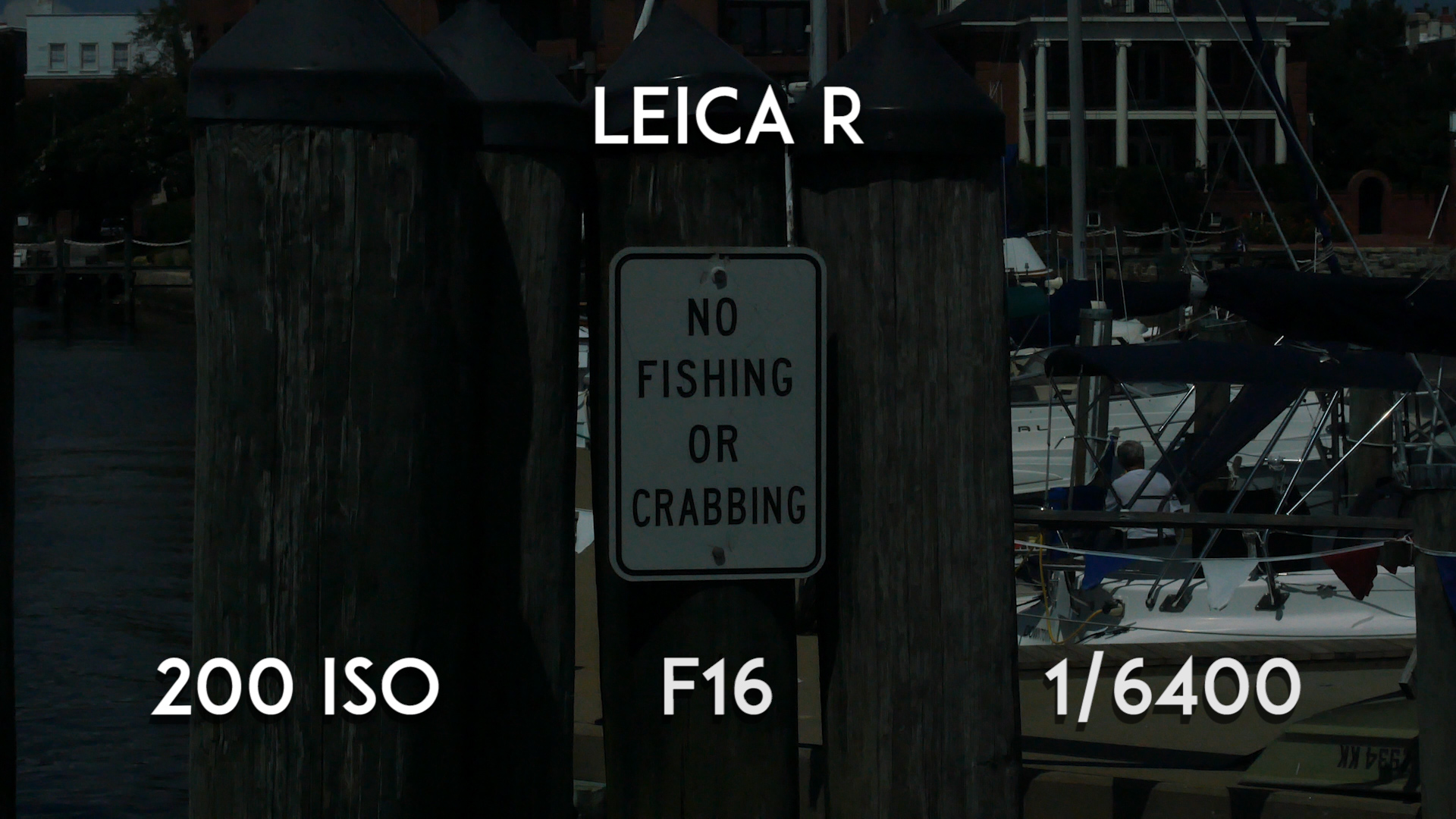Leica-R lenses tend to be a little more expensive than most vintage lenses and for a good reason. They are by far some of the best cine style lenses I’ve seen. No matter what camera you’re shooting with, I’d highly recommend buying and adapting Leica-R glass to get some of the best results.
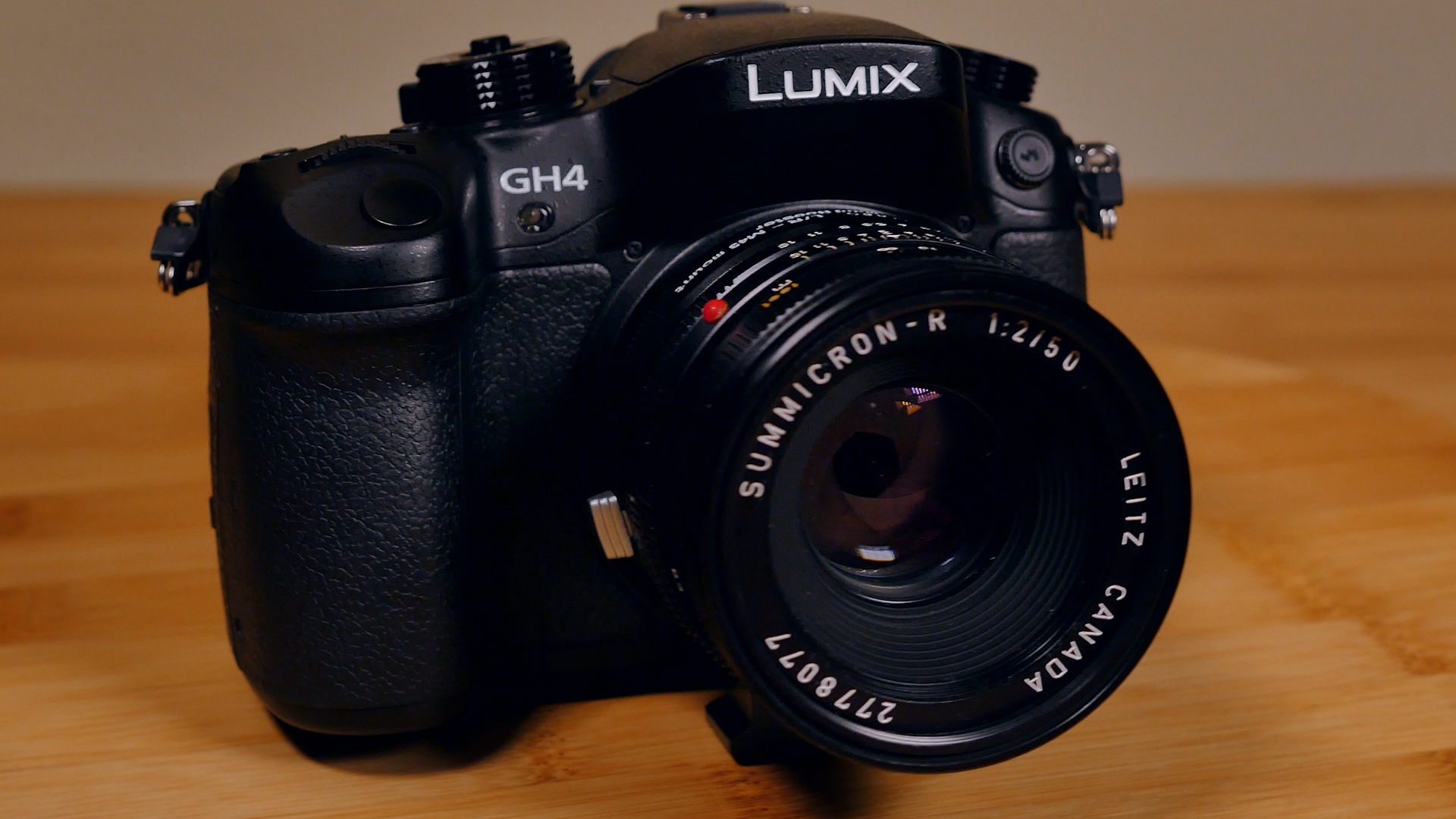
It’s uncanny that whenever I’m complimented for my cinematography, 9 out of 10 times it’s a video I shot with a Leica-R lens. These lenses are absolutely essential to my kit as well as many other filmmakers. There’s a reason why Shane Hurlbut director of photography on such films as Terminator Salvation, love using these lenses.
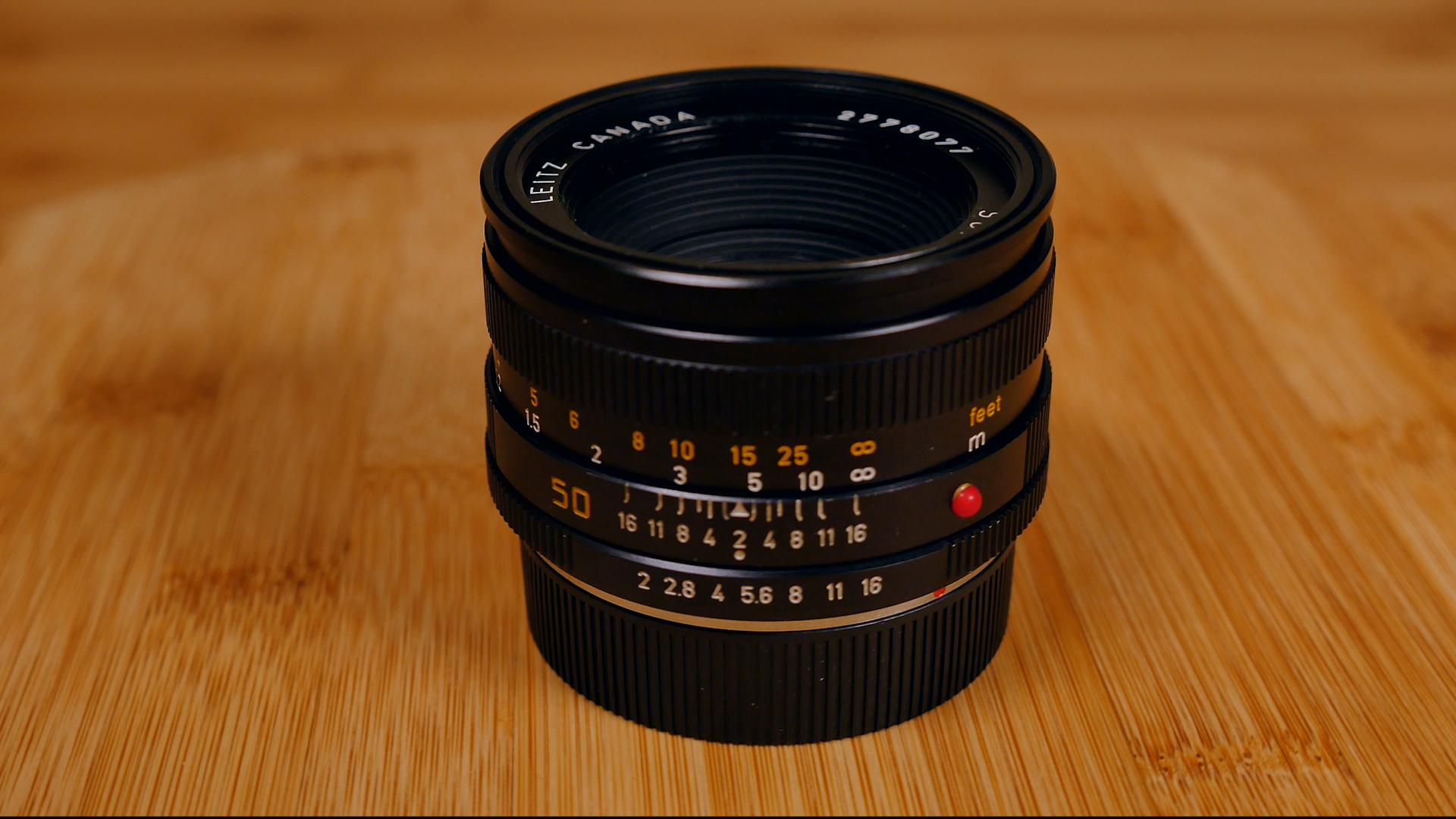
First of all, not all Leica lenses are named “Leica.” For example, this lens is called “Leitz Canada.” Don’t worry, it’s all the same company and built with the same optical standards. Also there are several variations of this particular lens and many others that have really weird looking names. These names correlate with its f/stop. For example, this is a Summicron lens which means the furthest the aperture opens to is f/2.
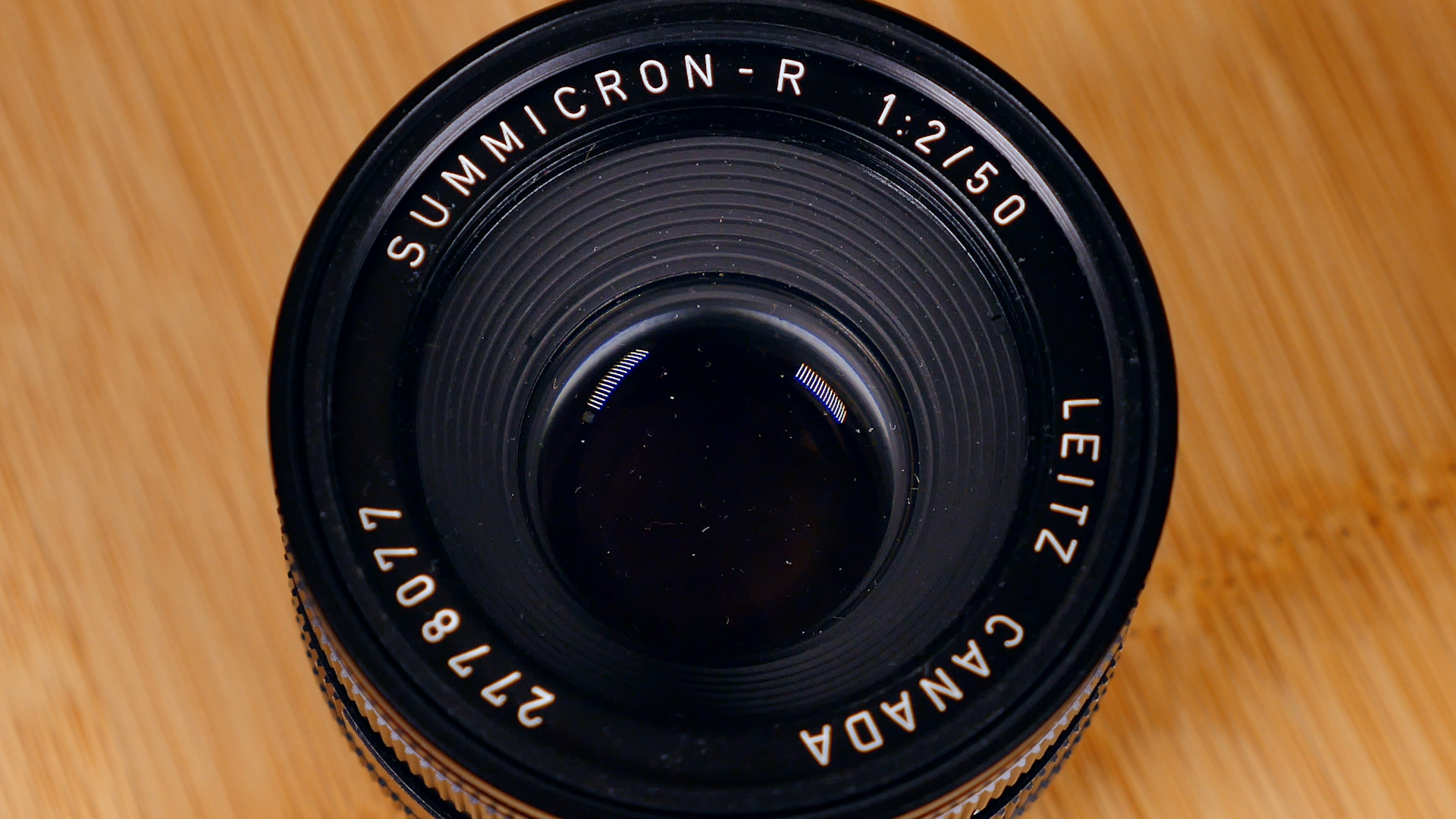
Here is a list of the other names that you will see commonly associated with Leica-R lenses along with their f/stop ratings. The lower the f/stop, the more expensive they are.
NOCTILUX – Faster than f/1.4
SUMMILUX – f/1.4
SUMMICRON – f/2.0
ELMARIT – f/2.8
ELMAR / SUPER-ELMAR – Slower than f/2.8

The focus throw is superb by cine standards as well. It rotates about 340 degrees around the lens, with hard stops on either end, and has a tight, fluid motion ideal for filmmakers. Even better, this lens breathes minimally while changing focus compared to many other prime lenses. “Breathing” is a term that is used for fixed lenses that slightly zoom in or out depending on which way you adjust the focus. This is a feature reserved only for far more expensive cine-style lenses.
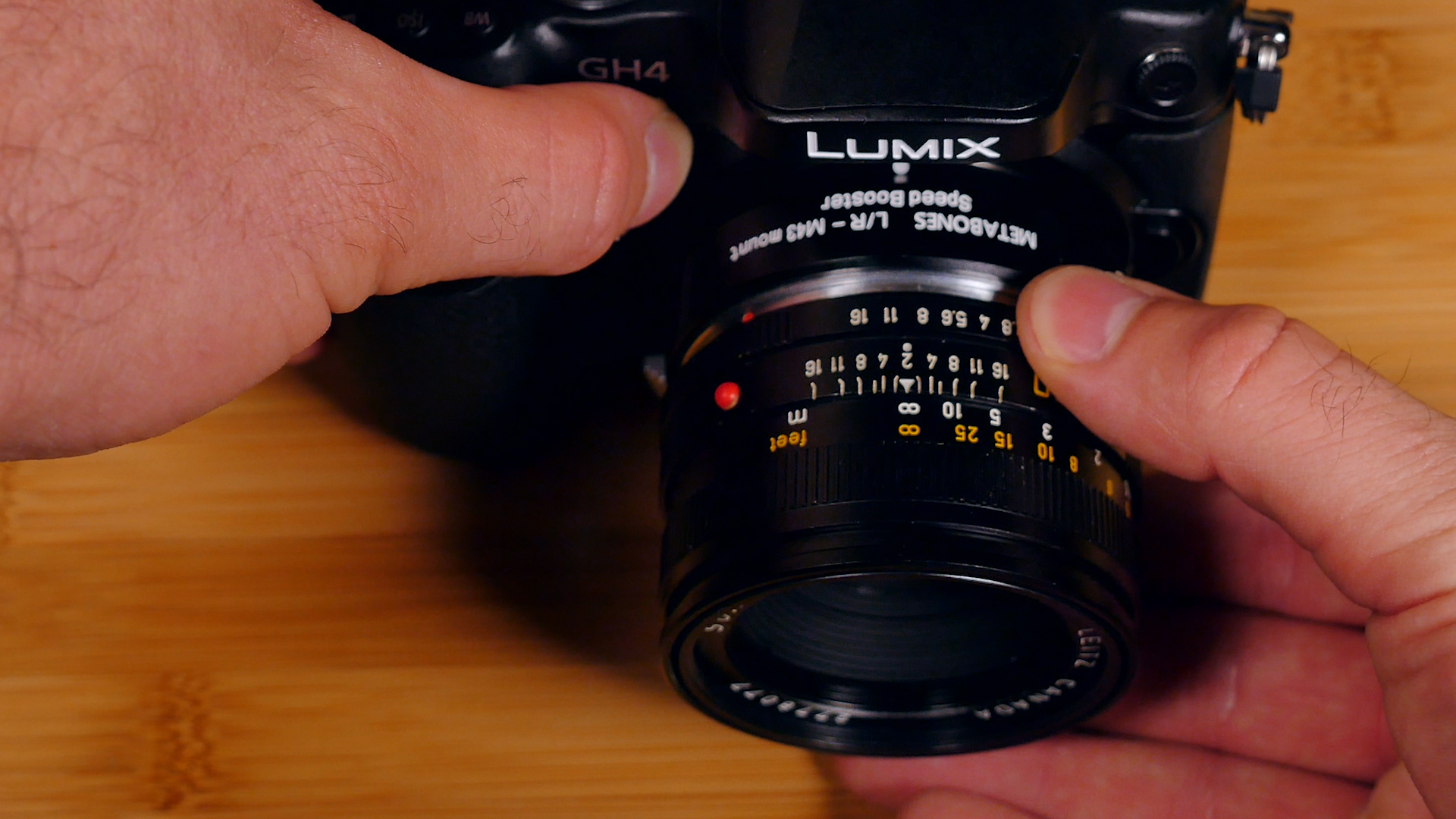
There is no modern coating on the glass and it tends to flare very easily. This can be a bit annoying if you shoot a lot outdoors. To help correct that issue, this particular lens comes with a metal telescoping hood but I prefer to use a matte box instead.
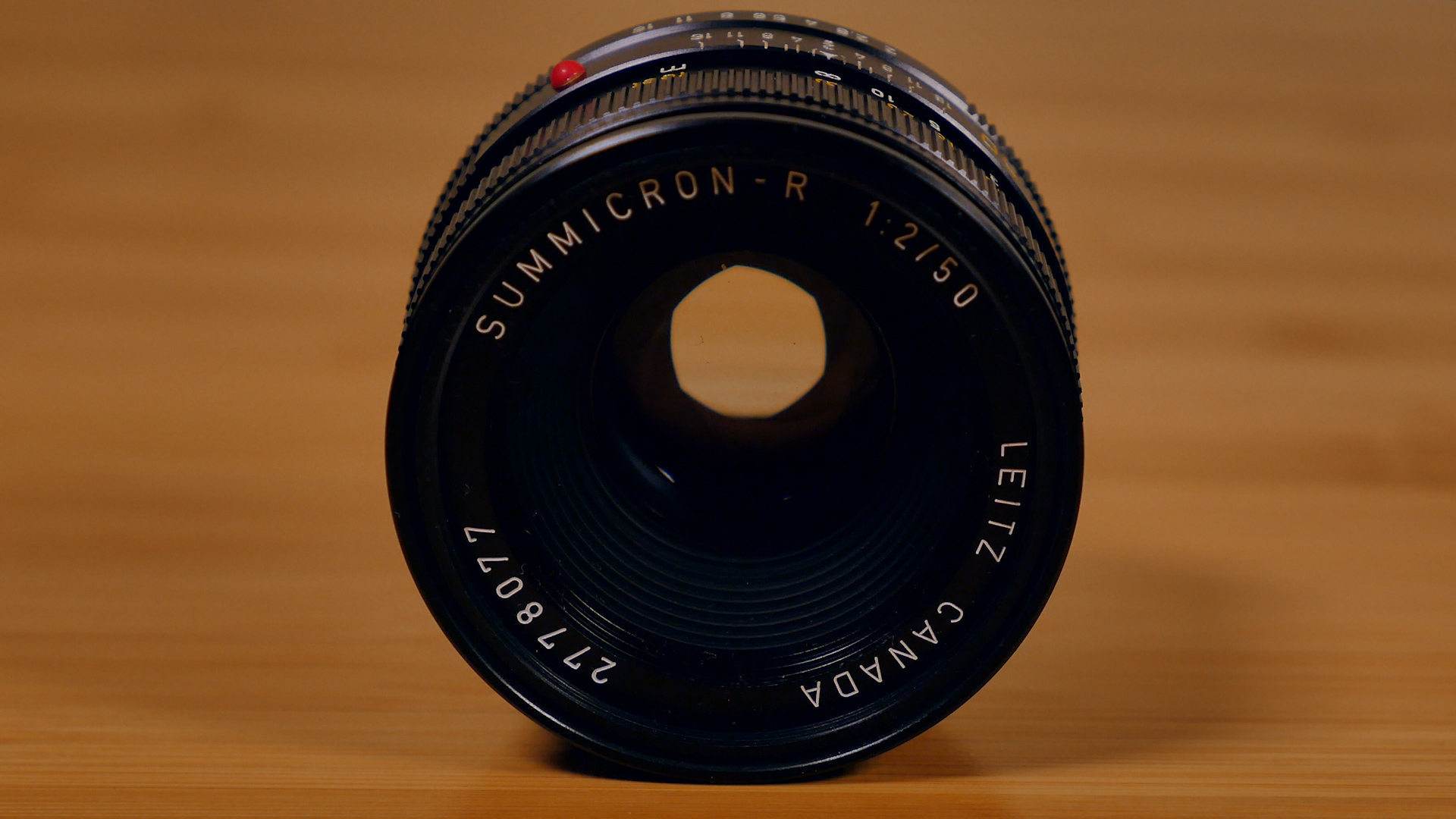
The Leica Summicron 50 has much less contrast than most 50s while still retaining a very high level of sharpness in the image. This is awesome news for filmmakers like me who prefer to color grade their footage, because there is more information to work with. When contrast is added in post, the sharpness is improved with amazing results.
The Leica-R Summicron 50mm also has a lot of unique “character” within the image it produces. This is why Shane Hurlbut believes these lenses hold up much better on the big screen than many other low budget options. They have a creamy look which makes them look more filmic and tend to be a bit warmer in color temperature by about 200 degrees. This look replicates the far more expensive Panavision lenses used on major motion pictures.
In conclusion, I’d highly recommend the Leica-R Summicron 50mm F/2. It produces a unique and pleasing image that is sure to catch the eyes of your audience. This lens is also built almost specifically for cinema use with a long smooth focus throw, manual half stop aperture increments, and an all metal housing.
